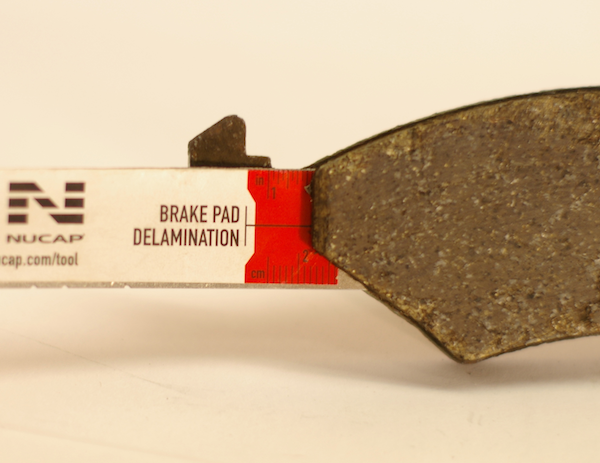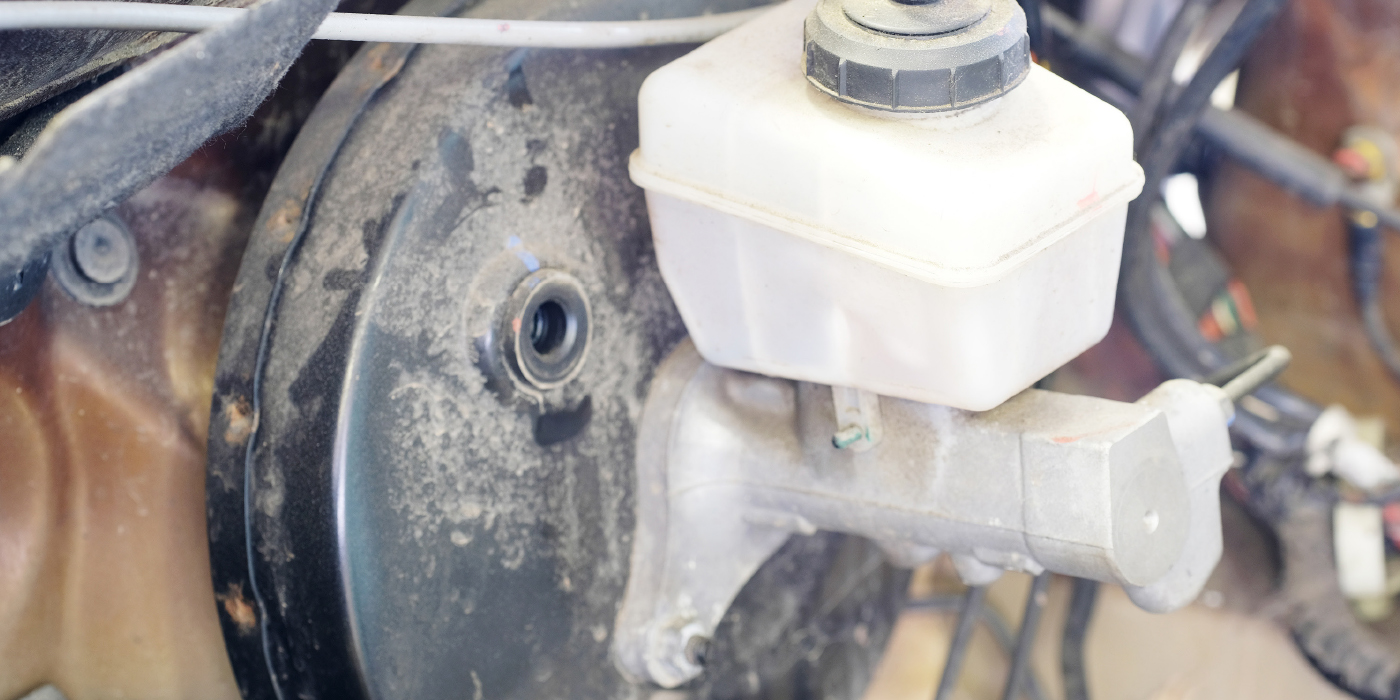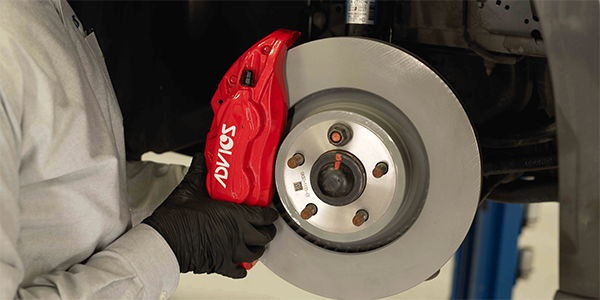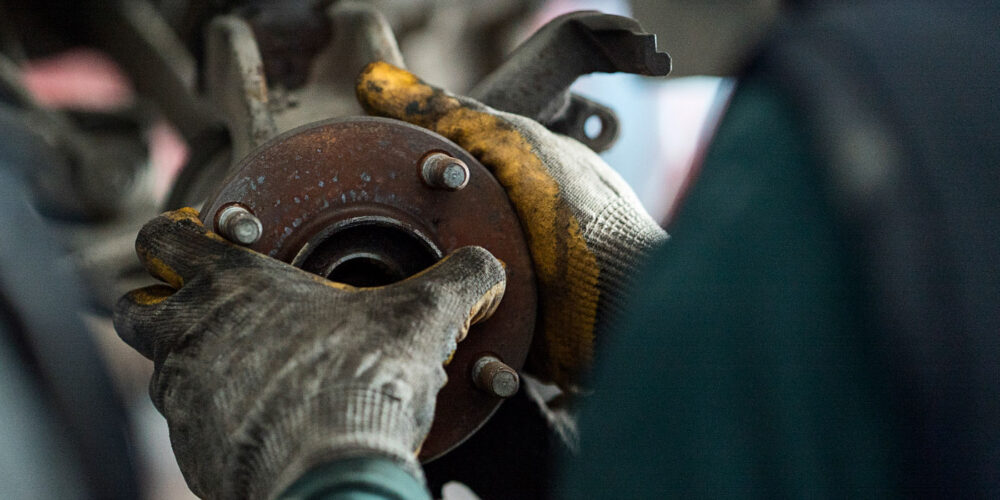
Threadlocking Compounds For Vehicle Corners
To get the most out of these “liquid” tools, you first need to know how they work.
You might be seeing more blues, reds and various other colors on the threads of bolts when working on drivetrain, suspension and brake components. OEMs put these threadlocking compounds there for a reason, and not servicing them could get you into trouble. To get the most out of these “liquid” tools, you first need to know how they work.
How Regenerative Brakes Operate
Regenerative braking is a hybrid’s first choice for braking.

Tesla Wheel Bearing Replacement
The process of replacing the hub unit on a Tesla is the same as many cars and light trucks.

Brake Pad Edge Codes – What Can They Tell You?
The edge code is a language written by engineers, federal entities and industry associations.

The Real Cost of Installing Cheap Brake Pads
The brake repair market is starting to become dominated by a “good enough” mentality.

Other Posts
Replacing Master Cylinders
The most common problems that occur in the master cylinder are wear in the piston bore and piston seal failure.

Benefits of Using Brake Parts Designed to Work Together
When replacing brake system components, it might seem like using compatible parts from any manufacturer – regardless of brand – should get the job done. However, for the safest brake job with the best performance, it’s always best to use parts from the same manufacturer, like ADVICS, where our brake pads, brake rotors, hydraulics, calipers

Brake Boosters and Start/Stop Vehicles
For a vacuum brake booster to work, it needs a source of vacuum.

Wheel Speed Sensor and Hub Unit Diagnostics
All wheel speed sensor codes are just the starting points of a diagnosis and not a reason to order a part.






